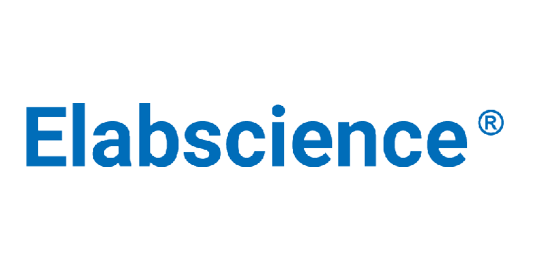Recombinant Human HDAC1 protein (His tag)
Recombinant Human HDAC1 protein (His tag)
Artikelnummer
ELSPDEH100902-100
Verpackungseinheit
100μg
Hersteller
Elabscience Biotechnology
Verfügbarkeit:
wird geladen...
Preis wird geladen...
Protein Tag: N-His
Uniprot: Q13547
Accession: Q13547
Background: Acetylation of the histone tail causes chromatin to adopt an "open" conformation, allowing increased accessibility of transcription factors to DNA. The identification of histone acetyltransferases (HATs) and their large multiprotein complexes has yielded important insights into how these enzymes regulate transcription. HAT complexes interact with sequence-specific activator proteins to target specific genes. In addition to histones, HATs can acetylate nonhistone proteins, suggesting multiple roles for these enzymes. In contrast, histone deacetylation promotes a "closed" chromatin conformation and typically leads to repression of gene activity. Mammalian histone deacetylases can be divided into three classes on the basis of their similarity to various yeast deacetylases. Class I proteins (HDACs 1, 2, 3, and 8) are related to the yeast Rpd3-like proteins, those in class II (HDACs 4, 5, 6, 7, 9, and 10) are related to yeast Hda1-like proteins, and class III proteins are related to the yeast protein Sir2. Inhibitors of HDAC activity are now being explored as potential therapeutic cancer agents.
Bio Acitivity: Not validated for activity
Sequence: Arg 9-Asp 321
Purity: > 95% as determined by reducing SDS-PAGE.
Formulation: Lyophilized from sterile PBS, pH 7.4.
Normally 5%-8% trehalose, mannitol and 0.01% Tween 80 are added as protectants before lyophilization.
Please refer to the specific buffer information in the printed manual.
Reconstitution: It is recommended that sterile water be added to the vial to prepare a stock solution of 0.5 mg/mL. Concentration is measured by UV-Vis.
Endotoxin: < 10 EU/mg of the protein as determined by the LAL method.
Calculated MW: 34.3 kDa
Observed MW: 35 kDa
Uniprot: Q13547
Accession: Q13547
Background: Acetylation of the histone tail causes chromatin to adopt an "open" conformation, allowing increased accessibility of transcription factors to DNA. The identification of histone acetyltransferases (HATs) and their large multiprotein complexes has yielded important insights into how these enzymes regulate transcription. HAT complexes interact with sequence-specific activator proteins to target specific genes. In addition to histones, HATs can acetylate nonhistone proteins, suggesting multiple roles for these enzymes. In contrast, histone deacetylation promotes a "closed" chromatin conformation and typically leads to repression of gene activity. Mammalian histone deacetylases can be divided into three classes on the basis of their similarity to various yeast deacetylases. Class I proteins (HDACs 1, 2, 3, and 8) are related to the yeast Rpd3-like proteins, those in class II (HDACs 4, 5, 6, 7, 9, and 10) are related to yeast Hda1-like proteins, and class III proteins are related to the yeast protein Sir2. Inhibitors of HDAC activity are now being explored as potential therapeutic cancer agents.
Bio Acitivity: Not validated for activity
Sequence: Arg 9-Asp 321
Purity: > 95% as determined by reducing SDS-PAGE.
Formulation: Lyophilized from sterile PBS, pH 7.4.
Normally 5%-8% trehalose, mannitol and 0.01% Tween 80 are added as protectants before lyophilization.
Please refer to the specific buffer information in the printed manual.
Reconstitution: It is recommended that sterile water be added to the vial to prepare a stock solution of 0.5 mg/mL. Concentration is measured by UV-Vis.
Endotoxin: < 10 EU/mg of the protein as determined by the LAL method.
Calculated MW: 34.3 kDa
Observed MW: 35 kDa
| Artikelnummer | ELSPDEH100902-100 |
|---|---|
| Hersteller | Elabscience Biotechnology |
| Hersteller Artikelnummer | PDEH100902-100 |
| Verpackungseinheit | 100μg |
| Mengeneinheit | STK |
| Produktinformation (PDF) |
|
| MSDS (PDF) |
|

 English
English










